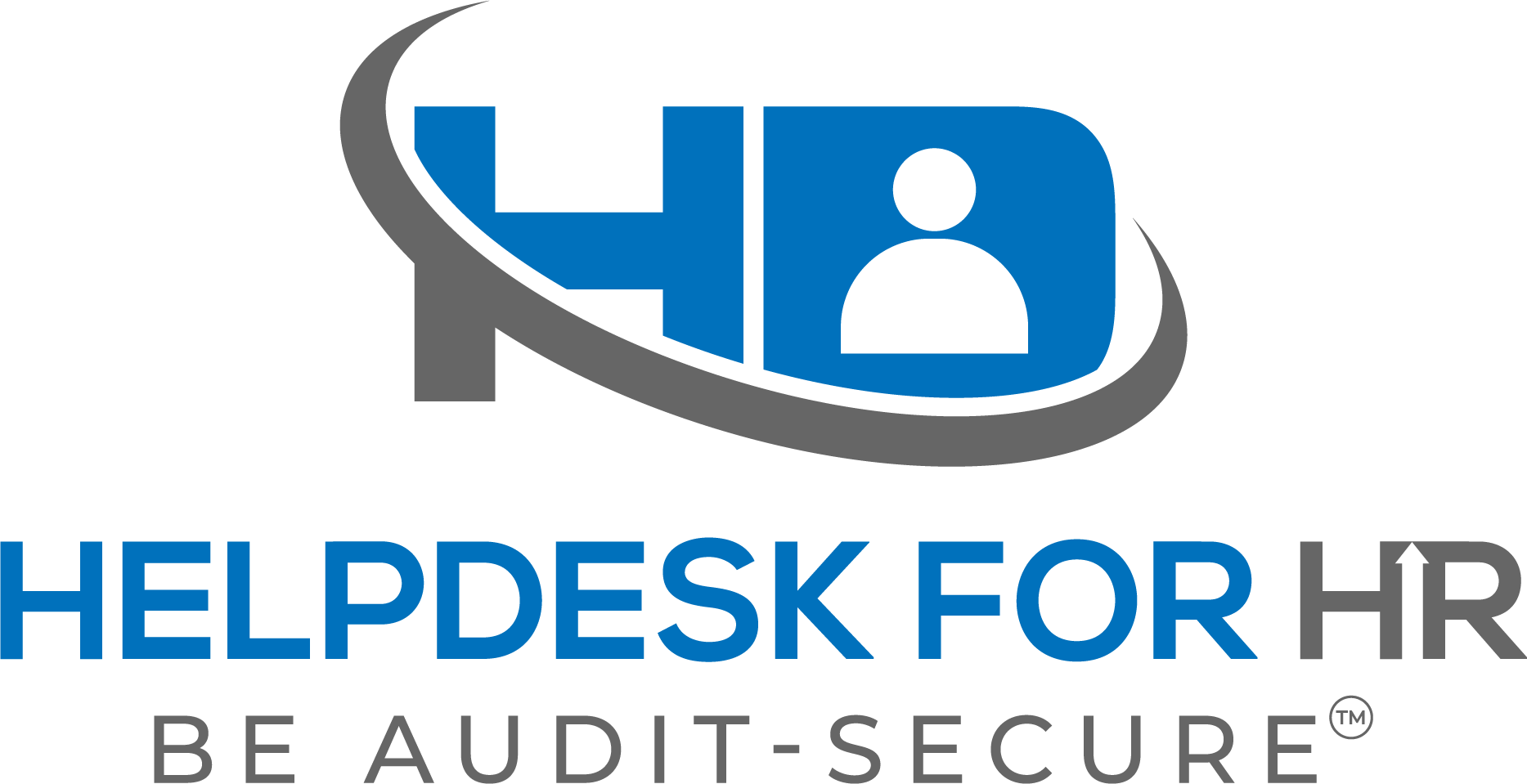Disciplinary actions or reprimands are unfortunately a part of the working world. Like it or not, there will be times when it’s necessary to discipline an employee, whether for performance issues or behavioral issues.
There are many ways to handle disciplinary issues, but one of the most important aspects is that disciplines be handled in a uniform manner. To achieve that goal, your organization should have a discipline process in place to address performance and behavioral issues and use those steps and processes to discipline an employee. That disciplinary policy should probably begin with and be managed by your Human Resources (“HR”) department and involved applicable managers, and other members of company leadership.
You should work with your internal team to develop an agreed-upon disciplinary process and policy, but many employers have decided to follow a plan that escalates through the following steps. This process is designed so that you move further down the list as performance problems and behavioral issues increase in severity or frequency.
1. Verbal Warning
When an issue arises, a serious conversation should take place between the employee’s manager and the employee and be designed to ensure the employee understands the severity of the situation.
During the conversation, reiterate the expected behavior or performance, and explain how the employee’s current behavior or performance isn’t measuring up to that expectation. Lay out the facts in a straightforward way, so the employee doesn’t feel that they have been subject to discrimination and give the employee the opportunity to explain things from their perspective.
Explain to the employee that you have taken note of the conversation and, if the employee doesn’t show improvement, an official written warning will be submitted to HR. The conversation should be documented with the date, time, and location, as well as the topic of conversation and any agreed-upon terms.
2. Written Warning
If the problem persists then it’s time for a second conversation. The employee should be presented with reasons why their behavior is problematic and how and why it is expected to change.
Include what the issue is (or what occurred) and ways to fix it. Additionally, you’ll want to include all expectations moving forward and possible consequences for inaction—as well as a clear timeline for meeting the expectations.
Document the conversation and then provide it to the employee as a written warning. Provide the employee with a copy of this written warning and provide another copy of the documentation to HR to be stored in the employee’s file.
3. Suspension and Improvement Plan
The next step in an employee discipline process may involve asking the employee to leave the office and/or developing a Performance Improvement Plan (“PIP”). Give the employee a final chance to step away and reflect on what happened, as well as to decide if they want to make the effort to improve. Review the PIP and make changes where needed.
The PIP should have a timeline (e.g., 4 or 6 weeks) and the employee and manager should meet weekly during that period to review the employee’s improvement or lack thereof. As part of your action improvement plan, you and your employee may want to map out milestones that the employee is expected to achieve. Document each weekly meeting and provides those notes to HR.
4. Termination
If you have followed the steps above, and if the employee still hasn’t shown progress or continues to repeat unacceptable behavior, the final step in the employee disciplinary process should be termination of employment.
Keep in mind, that there are many details to a well-written disciplinary policy, and you will need involvement and input from upper management, HR, and managers. Also, there is no one size fits all policy, so it’s important to take the time to get a policy that will be effective for your organization.
______________________________________________________________________________________________________________________________________
Want even more advice, given just to you? Sign Up for an annual membership today and receive unlimited advice from SPHR Certified pros & our “Ask An Attorney” feature found only with our Annual Membership. Learn More Here
Log in or Register to save this content for later.

